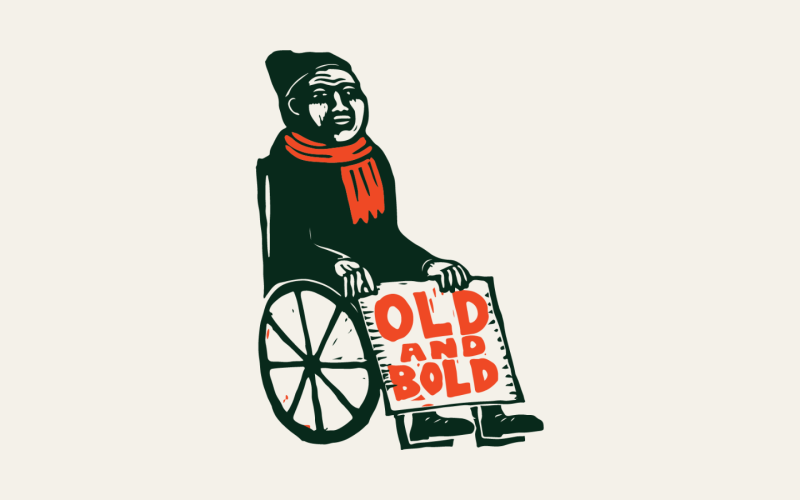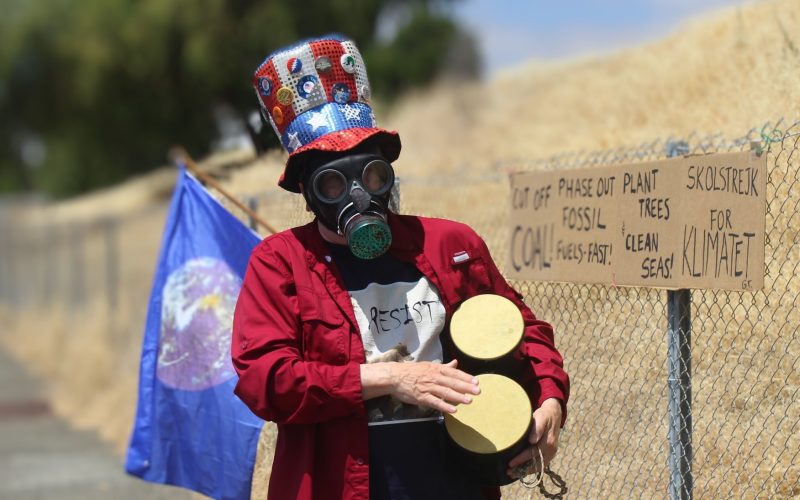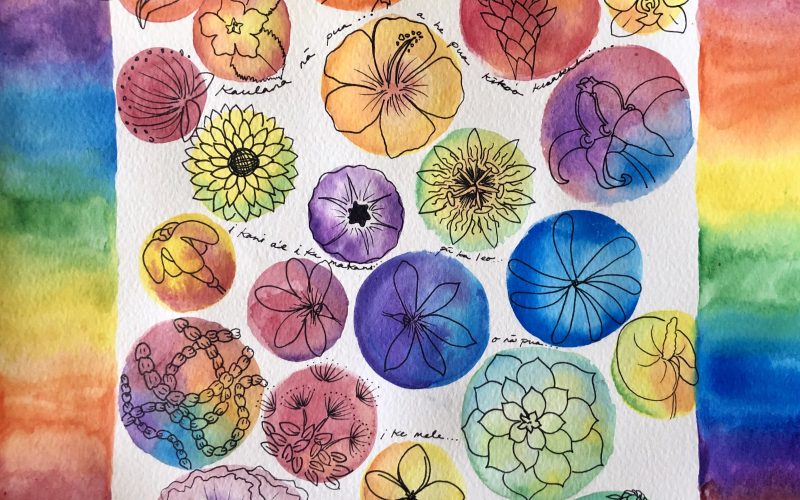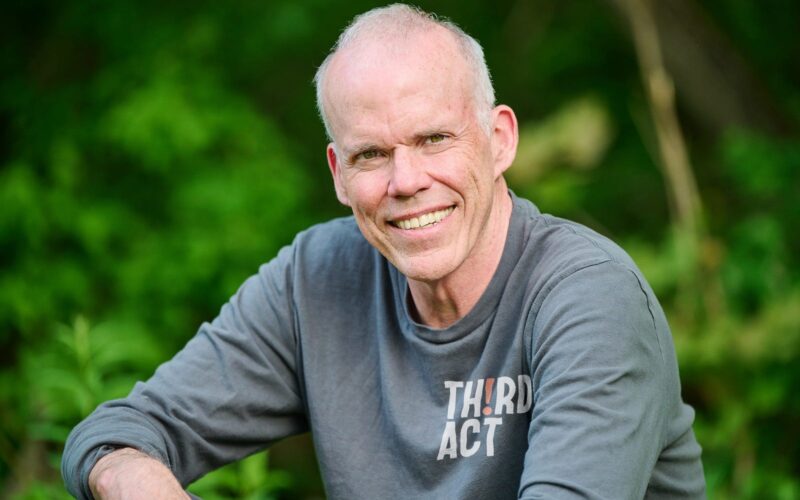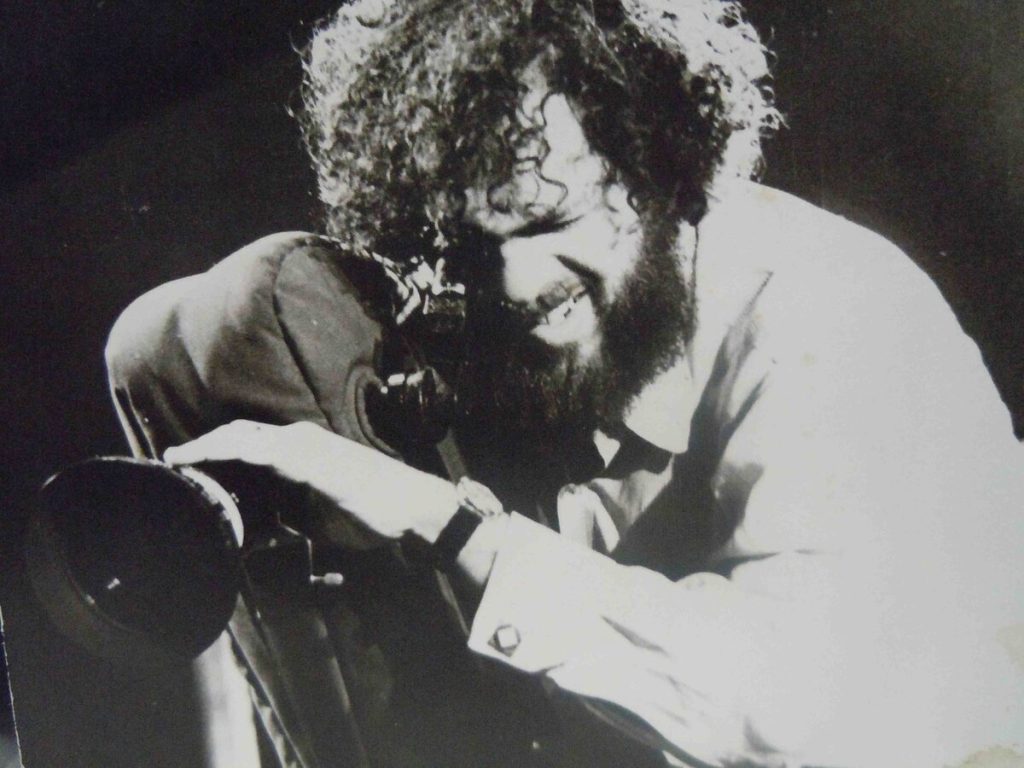
In our monthly installment of In My Third Act, Jane Fleishman writes about her conversation with Jeremy Kagan, co-facilitator of Third Act Creatives and renowned filmmaker.
He may be of retirement age, but Jeremy Kagan says “I’m a working guy.”
This is an understatement considering what currently occupies Jeremy’s time: teaching as a tenured professor in the School of Cinematic Arts at the University of Southern California (USC), leading the Change Making Media Center, directing a play on freedom of speech, pitching a TV series as well as a feature film, and preparing for the publication of a book of his drawings. He also manages to fit in acting as co-facilitator of the Third Act Creatives Working Group and contributing to Third Act’s future.
Why are we here and what are we meant to do? As someone fortunate enough to be an artist, what is my responsibility?
When asked about his long career, mainly as a director of feature films and many of them political in nature, Jeremy speaks of his gratitude. You can read more about his work on The Near Death and Life of Jeremy Kagan, which also includes a story of his near-death experience. Politics and activism have always been a part of his life, beginning with childhood when he watched his father, a rabbi in New York, go south to march with Dr. Martin Luther King, Jr. His father’s example and the anti-war and civil rights movements of the 1960s launched Jeremy into activism. His involvement in environmental issues, however, came somewhat later when he attended a Bioneers conference and connected with innovative activists there, among them Third Act’s founder, Bill McKibben.
Teaching film at USC and directing the Change Making Media Center keeps Jeremy at the intersection of art and activism, where he is inspired by a belief that “facts inform, but stories transform.” His own and his father’s persistent questions guide him: why are we here and what are we meant to do? As someone fortunate enough to be an artist, what is my responsibility?
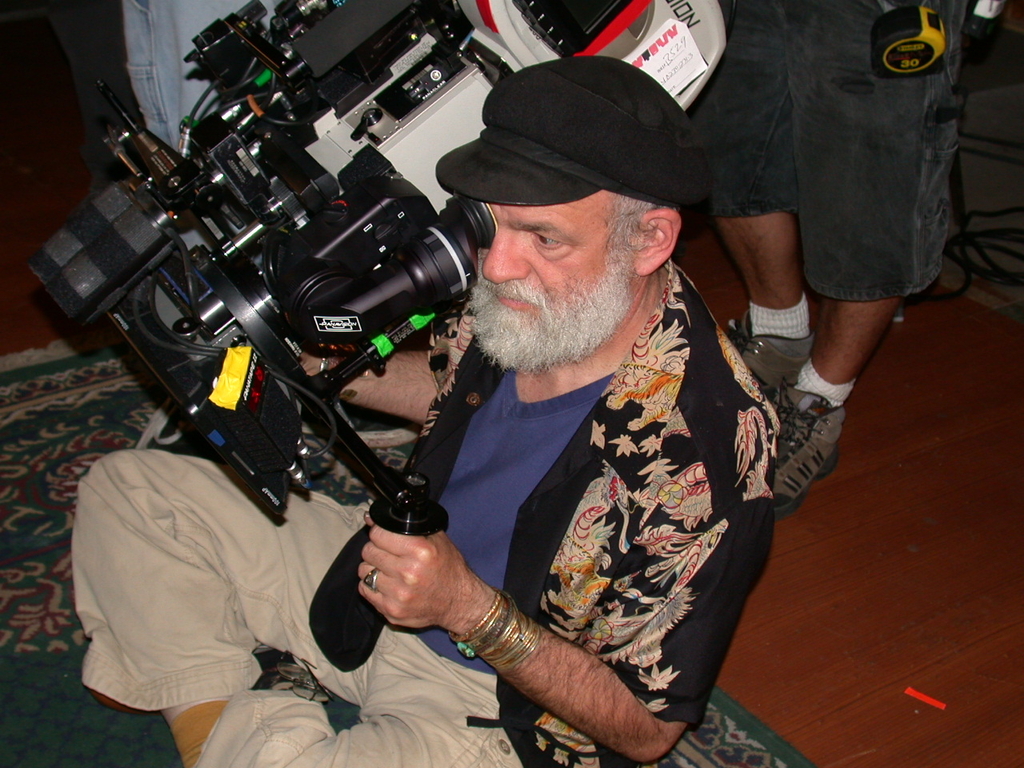
In his third act, Jeremy understands activism somewhat differently than he did as a younger man. He has a greater appreciation for the power of so-called “small” actions to make a difference, just as a small rudder can cause a big ship to turn in the water. His film students often express discouragement at the enormity of the climate crisis and are reluctant to create art that addresses it. Jeremy reassures them they can start with the mundane realities in their own lives and build a powerful creative response from there. He tells them that while they can’t solve the problem, they can make small contributions to the solution of the problem. He has also come to believe that love, simple human connection, and kindness are fundamental to collective action. Third Act’s Working Principles, with their focus on relationships and values of the heart, are spot on for this moment in time.
Even with so many pursuits, Jeremy still finds time to ride his bike and put on his wetsuit to enjoy the beautiful Pacific Ocean near his home in Los Angeles. “It’s important to reflect on what you love about the world,” he says. A certain enthusiasm he has encountered in the elders he has met in Third Act gives him hope for the future and affirms his essentially optimistic nature.
Like many elders, he has seen things change, and so he knows change is possible.
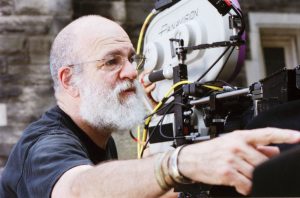
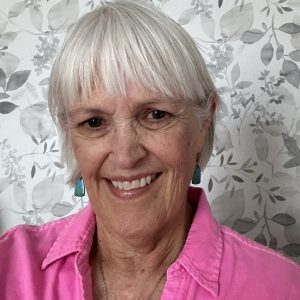
Jane Fleishman
Jane Fleishman is a Third Actor residing in Nashville, TN who is regularly pulled to NYC where her first grandchild lives and to the Southwest where so many of her other family members live. She is retired from a social work career mainly focused on creating and promoting volunteer and civic leadership opportunities for youth in their First Act.
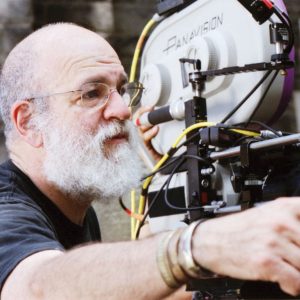
Jeremy Kagan
Jeremy Kagan is an internationally recognized director, writer, and producer of feature films and television. He has made 10 features, and won an Emmy and ACE award for his television work. He has served as the Artistic Director of Robert Redford’s Sundance Institute, is Chairperson of Special Projects that provides cultural and educational information for the 17,000 members of the Directors Guild of America, and he is a full tenured professor at the School of Cinematic Arts at USC.
